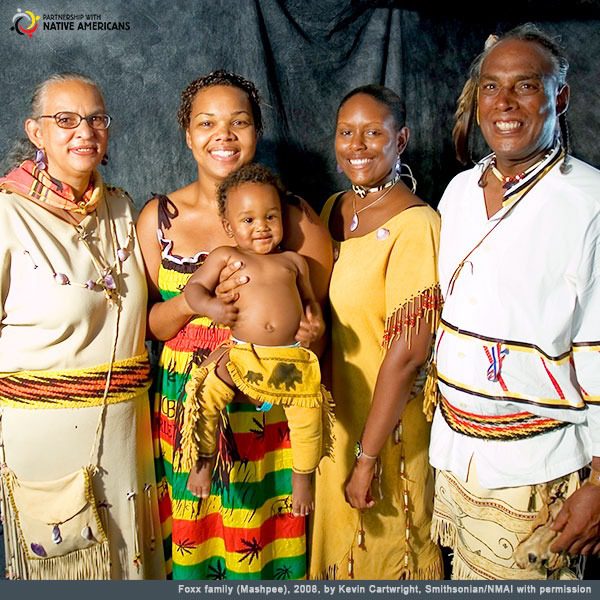
Afro-Indigenous History- William Apess-USA
BLACK HISTORY MONTH AND THE CONTRIBUTIONS OF AFRO-INDIGENOUS AMERICANS
By TRISTAN PICOTTE | Published: FEBRUARY 2, 2021
February is Black History Month – a time to reflect on the beauty of African cultures and the contributions of African Americans to the U.S. Previously known as ‘Negro History Week,’ the celebration has grown to encompass a broader Black history. Within that, lies a group of individuals whose history bridges two cultures: the Afro-Indigenous peoples of America.
African-Native Americans are people whose lineage comes from both Native American and African roots, thus creating a subculture that blends the two ethnicities. Afro-Indigenous people primarily came from the southeastern U.S. and found companionship through similar harsh circumstances such as slavery. Unfortunately, they often lacked documentation, resulting in unclear ancestral origins.
Today’s Afro-Indigenous culture is most prevalent in tribes such as Choctaw, Chickasaw, Seminole and Wampanoag, among others. The ‘Creole’ identity also stems from Afro-Indigenous culture, as these ethnic groups originated during the colonial era, mainly between West Africans, Europeans and Native American peoples.
One notable individual was William Apess, a Methodist minister with African and Pequot ancestry. While living a life that one might now consider unfortunate and oppressive, Apess was able to provide a lens into a culture that was unheard of at the time and exemplified the many similarities between both cultures.
The struggles of the African and Indigenous people in the early days of the American colonization were similar. Many were stripped of land and culture, forced into indentured servitude, and rated as second-class citizens. Today, they’re left cherishing what pieces of their cultures remain and, in many cases, reinventing their identities to better fit today’s world.
This Black History Month, we acknowledge the struggles, culture and contributions of Black, Black-Native and Afro-Indigenous peoples. We are reminded of how far ethnic communities in America have come – and how far we still need to go. I believe we should go hand in hand, celebrating what ties us together, rather than divides us.
Photo credits: Foxx family (Mashpee), 2008. L to R): Anne, Monet, Majai (baby), Aisha, and Maurice Foxx. Photograph by Kevin Cartwright; Smithsonian Institution, National Museum of the American Indian. Used with permission.